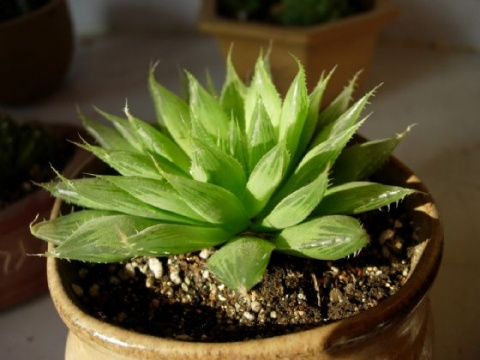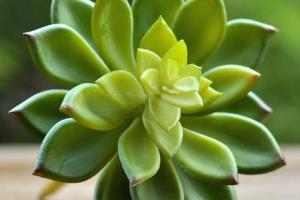The breeding method of Guanyinlian

The breeding method of Guanyinlian
Guanyinlian is a perennial herb with fleshy tubers underground and easy to tiller into tufts, 30-50 cm high. The leaf is arrow-shaped peltate, 25-40 cm long, 10-20 cm wide, sharp apex; petiole is longer, lateral veins reach notch; leaves are thick green, rich in metallic luster, veins are silvery-white, and the back of the leaf is purple-brown. Petiole light green, near the end of the stem was purple-brown, in the stem to form a clear leaf sheath. Flowers are spatholoids, white from stem tip.
Guanyinlian is native to tropical Asia and America. There are about 60-70 species of plants in this genus. In addition to the introduction of cultivation Guanyinlian, there are large Guanyinlian, Meiye Guanyinlian, sharp tail taro and so on. Its ecological habits are thermophilic, humid and semi-shady growth environment, with an optimum growth temperature of 20-30℃ and a winter temperature of 15℃.
Guanyinlian is often propagated by dividing plants. Generally, when the temperature is higher in spring and summer every year, the plants with dense underground tuber tiller growth are divided along the tuber separation position, so that each part has 2-3 plants, and then planted in pots respectively. When dividing plants, try not to hurt roots as much as possible. At the same time, it should be placed in a humid environment after potting. Keep the pot soil often moist, and pay attention to foliar spray to facilitate the recovery of new plants. Can also be in spring before the new bud will be dug out underground tubers, tubers will be cut into sections separated, with plant ash or sulfur yellow powder on the wound disinfection antiseptic, slightly dried after water moss wrap, or placed in ventilated drainage loose soil, so that it grows adventitious roots, sprout long. Do not wet the substrate here, lest tuber rot. The plant can also be propagated by sowing, but seeds are not readily available.
Related
- Wuhan Hospital Iron Tree Blooming Result Was Instantly Frightened by the Gardener Master
- Which variety of camellia is the most fragrant and best? Which one do you like best?
- What is the small blue coat, the breeding methods and matters needing attention of the succulent plant
- Dormancy time and maintenance management of succulent plants during dormancy
- Minas succulent how to raise, Minas succulent plant pictures
- What are the varieties of winter succulent plants
- How to raise succulent plants in twelve rolls? let's take a look at some experience of breeding twelve rolls.
- Attention should be paid to water control for succulent plants during dormant period (winter and summer)
- Watering experience of twelve rolls of succulent plants
- Techniques for fertilizing succulent plants. An article will let you know how to fertilize succulent plants.



